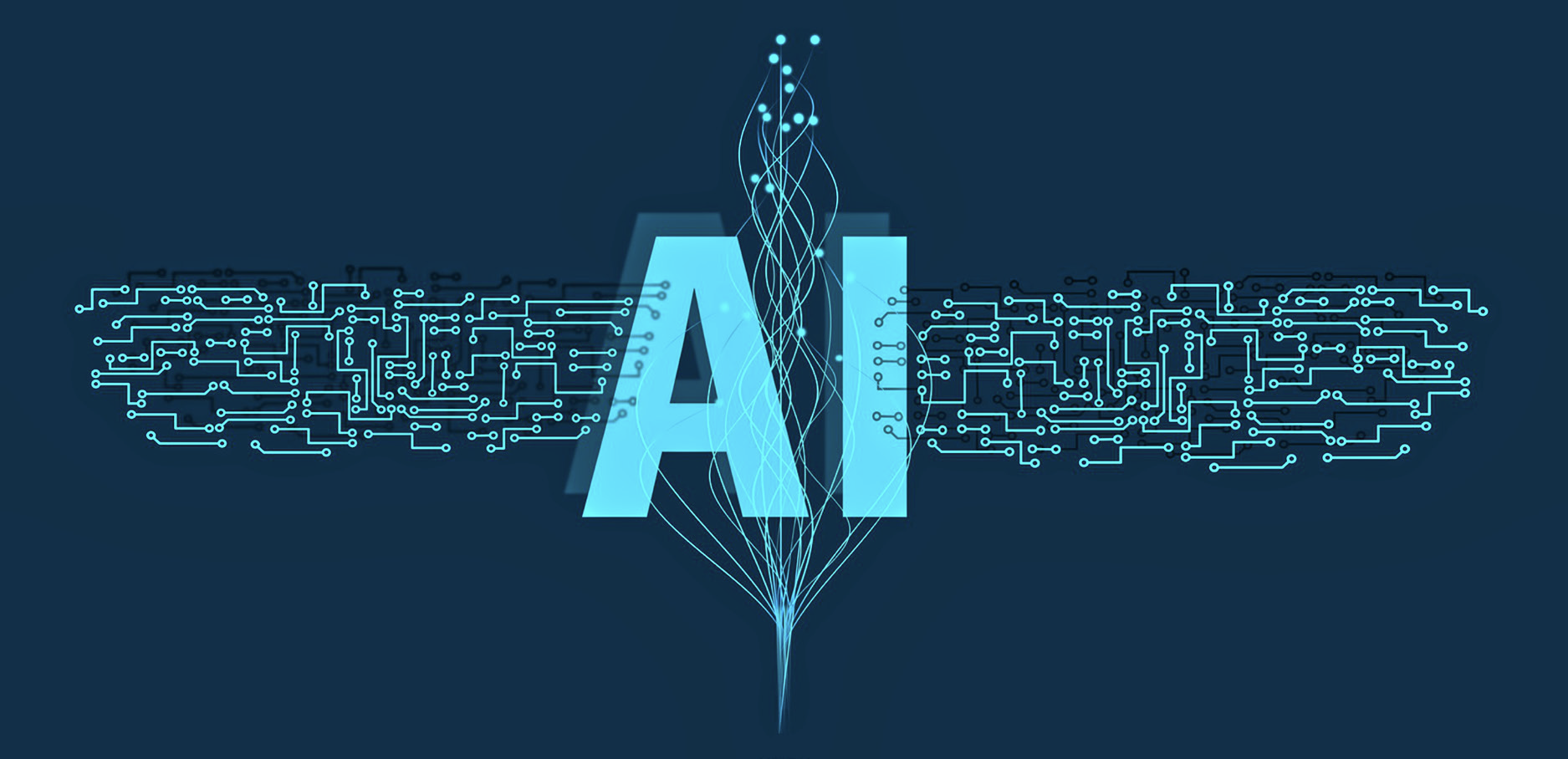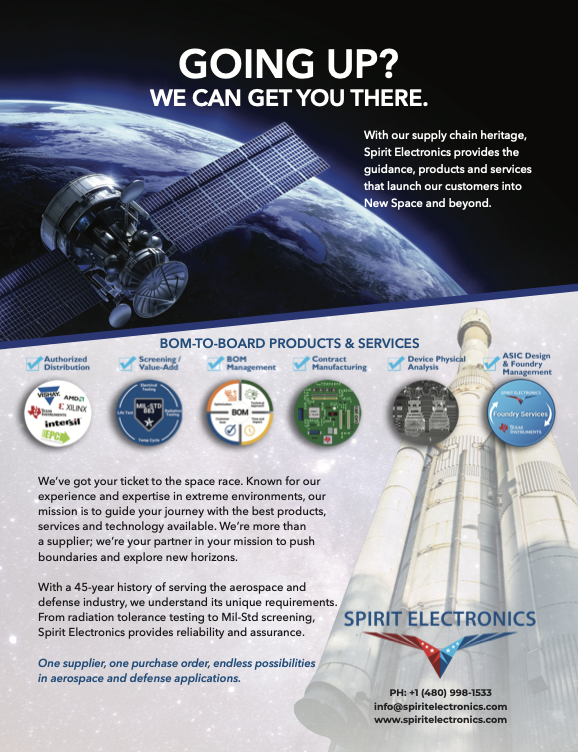Stefan Geirhofer, Scott McKinney and Curt Blake
Spacecraft that autonomously avoid collisions with space debris; satellites that continuously monitor Earth for natural disasters or other critical events—what sounds like science fiction is rapidly becoming a reality, thanks to advances in commercial space exploration (New Space) and artificial intelligence (AI).

New Space and AI are frontier technologies that have recently attracted significant investment in research and development, but little has been said about their intersection. This article explores this topic by surveying promising applications that combine New Space and AI and examining legal and commercial considerations for companies doing business in this area.
Applications at the intersection of New Space and AI fall into three broad categories: (i) AI-assisted spacecraft design; (ii) autonomous satellite operation; and (iii) Earth observation using satellites monitoring Earth or other celestial bodies.
Each of these applications raises its own host of issues and this article focuses on the latter two categories. The first—spacecraft design—raises interesting IP and other issues related to AI-assisted design, but, because AI-assisted design activities are typically performed on Earth, the legal ramifications are similar to those of AI-assisted product design generally.
The second and third categories, however, raise unique issues due to the international legal frameworks governing activities in space.
• Autonomous satellites extend the principles of collision avoidance used by self-driving cars to space applications. AI models play a crucial role in this respect as they give satellites situational awareness of their surroundings and the ability to initiate evasive actions that can help avoid a collision by altering the satellite’s orbit. As space becomes increasingly littered with debris, a satellite’s ability to act autonomously, without the delay inherent in relying on manual intervention from Earth, may well make the difference between a collision and avoiding one. However, the AI algorithms’ autonomous nature also raises the critical and difficult question: who is at fault if something goes wrong?
• Earth Observation (EO) applications use AI to reduce the bottleneck of transferring data to Earth. Satellites gather large swaths of data around the clock but transferring the data to Earth for processing (and then relaying information based on the processing back to space) comes at a significant cost and creates numerous inefficiencies and delays that could have material consequences. To help solve the bottleneck issue,
New Space companies are using AI-powered applications focused on continuous monitoring to autonomously process data onboard the satellite, rather than sending such data to Earth for processing, significantly mitigating data problems. For these use cases, AI helps solve the “edge computing” problem by autonomously doing the bulk of the processing of captured data onboard the satellite, and only sending time-critical alerts or compressed data to Earth.
The named applications raise interesting legal questions in part because space is governed by a patchwork of international treaties and national laws associated with the space object’s launching state. Allocating contractual risk, therefore, requires an understanding of the interplay between these legal frameworks—the resulting risk-shifting provisions can differ significantly from traditional liability frameworks for certain types of claims.
_________________________________________________________
Liability Frameworks and Risk Shifting in Space
____________________________________
Space used to be a domain reserved for governments. As a result, international treaties generally do not permit non-state actors, such as companies or individuals, to bring claims directly against other parties for injuries, damages, or other liabilities arising from space activities.
Instead, governments are expected to assume responsibility for space objects launched from their territory or by their citizens. After resolving disputes amongst themselves, governments are, of course, free to recoup any damages paid by them from private actors consistent with their own internal laws.
Commercial activities in space are principally governed by the 1967 Outer Space Treaty and the 1972 Space Liability Convention.
 The Outer Space Treaty, negotiated during the Cold War, provides that space activities should be carried out “for the benefit and in the interest of all countries” and not be subject to national appropriation. The treaty also provides that each country be liable for the activities of its citizens in space.
The Outer Space Treaty, negotiated during the Cold War, provides that space activities should be carried out “for the benefit and in the interest of all countries” and not be subject to national appropriation. The treaty also provides that each country be liable for the activities of its citizens in space.
The Space Liability Convention, ratified by the United States in 1973, expands on this framework by providing that a country that launches a space object, or the state from whose territory a space object is launched, bears responsibility for damage caused by that space object. Where a space object causes damage on Earth, “absolute liab[ility]” is imposed on the launching state. If damage occurs between space objects in space, liability is imposed on the party or parties based on fault.
Because national governments are ultimately responsible for resolving disputes, each country has to balance the extent to which it seeks to “flow down” liability for incidents involving its space objects to the commercial actors responsible for their launch.
The goal of making the federal government whole needs to be balanced with providing incentives for private investment in space activities and fostering an innovative space ecosystem.
In the United States, Congress enacted the Commercial Space Launch Act of 1984 which establishes a framework for dividing up liability risk between the U.S. government and private parties involved in space activities. Under the statute, the Federal Aviation Administration (FAA) grants licenses for launching space objects, and its regulations provide for a (i) waiver of claims among parties involved in the launch of the space object; (ii) mandatory insurance coverage; and (iii) excess coverage by the federal government for claims exceeding the licensee’s insurance coverage.
Mandatory insurance coverage ensures that private parties bear some responsibility for damages caused by their activities, thereby incentivizing parties to mitigate risk as much as possible.
At the same time, the excess coverage provided by the federal government incentivizes commercial space activities by providing a liability cap that recognizes the high-risk nature of space and covers unforeseen events that could potentially give rise to liability that would be difficult to insure.
The purpose of the waiver of claims is to avoid litigation among the launch provider, its customers and their respective contractors and subcontractors so that each party must agree “to be responsible for personal injury to, death of, or property damage or loss sustained by it or its own employees resulting from an activity carried out under the applicable license regardless of fault.”
The regulations contain a form waiver to that effect that must be “flowed down” to the launch provider’s commercial partners by including the applicable contractual provisions in agreements entered into between the launch provider and its customers and contractors to make them binding on all relevant parties.
This cross-waiver of liability differs from traditional risk management frameworks used in commercial deals between counterparties inasmuch as representations, warranties, and indemnification provisions in terrestrial commercial contracts between private parties generally seek to attribute risk to the party that is in the best position to mitigate the risk.
In example, for autonomous vehicles, a provider of on-vehicle software powering the vehicle’s autonomous driving system will typically carefully negotiate any liability caps and indemnities related to a failure in its software that could potentially become the root cause of an accident. At the same time, from a system integration perspective, the autonomous vehicle vendor will likely also include contractual and other failsafes that limit the risk resulting from the failure of any individual component.
In space, given the reciprocal waiver of liability (except for intentional acts and gross negligence), this traditional (and often negotiated) contractual allocation of risk is partly replaced by a regulatory liability cap and mandatory insurance.
The cross-liability waiver is limited, however, to injury or property damage and does not extend to other types of liabilities. For example, a provision asking for a party to indemnify the other party for allegations of intellectual property infringement would be outside the scope of the cross-waiver.
For these types of claims that are not subject to the statutory liability waiver, New Space companies should ensure that they adequately allocate risk in their contracts, recognizing that intellectual property enforcement in space hinges on the launching state of the space object and its intellectual property regime under relevant international treaties. Similarly, potential regulatory risks should be evaluated as well, particularly concerning other areas of applicable law outside the scope of the statutory waiver.
_________________________________________________________
Best Practices for New Space Companies
____________________________________
New Space companies should take advantage of federal regulations capping their exposure to large liability claims absent intentional misconduct or gross negligence and ensure they comply with the requirement of mandatory insurance coverage.
In particular, New Space companies need to take several steps to benefit from these statutory protections: First, contracts must be drafted appropriately to include the required liability cross-waiver provisions. Doing so from the start of product and related business model development is important so that, when it comes time to apply for an appropriate FAA license, the relevant flow-down provisions are already in place. New Space companies will want to avoid a last-minute scramble to attempt to add these flow-down provisions to existing contracts in connection with the application for a license.
Second, while New Space companies might be familiar with space liability, they may need to bring non-space collaborators and partners up to speed on this regulatory liability framework as part of commercial discussions with those partners.
 New Space companies that leverage AI should further consider potential liability exposure to claims that are not related to bodily injury or property damage.
New Space companies that leverage AI should further consider potential liability exposure to claims that are not related to bodily injury or property damage.
While the enforcement of intellectual property rights in space is uncertain and remains a developing area, international treaties, similar to maritime law, generally provide for the application of national IP laws of a space object’s launching state.

Curt Blake
Authors Curt Blake, Stefan Geirhofer and Scott McKinney are with Wilson Sonsini Goodrich & Rosati. Blake is an attorney and senior executive with more than 25 years of experience leading organizations in high-growth industries— and more than 10 years as the CEO of Spaceflight, Inc.— at the forefront of the New Space revolution. Mr. Blake has extensive expertise in strategic planning, financial analysis, legal strategy, M&A, and space commercialization, with deep knowledge about the unique challenges of New Space growth and the roadmap to success in the that ecosystem.
The views expressed in this article reflect those of the author himself and do not necessarily reflect the views of his employer and its clients.


